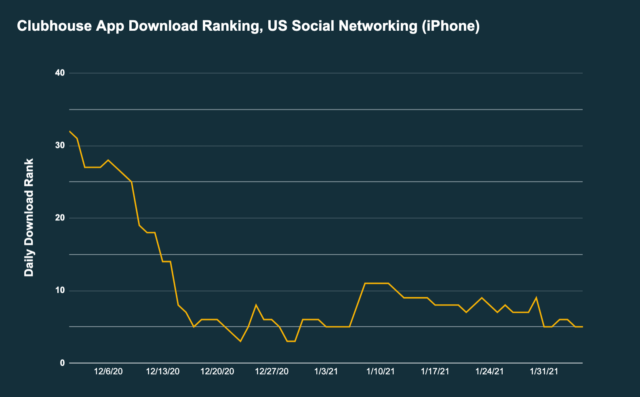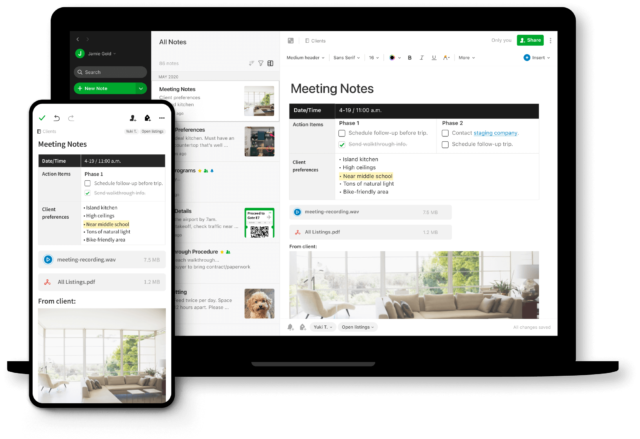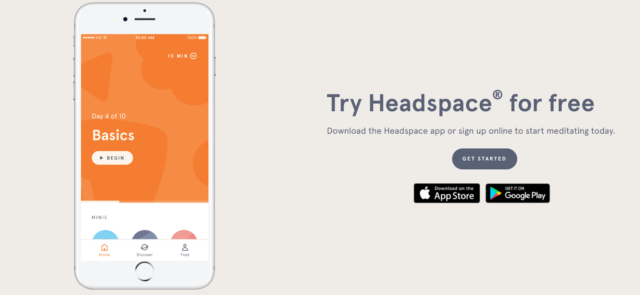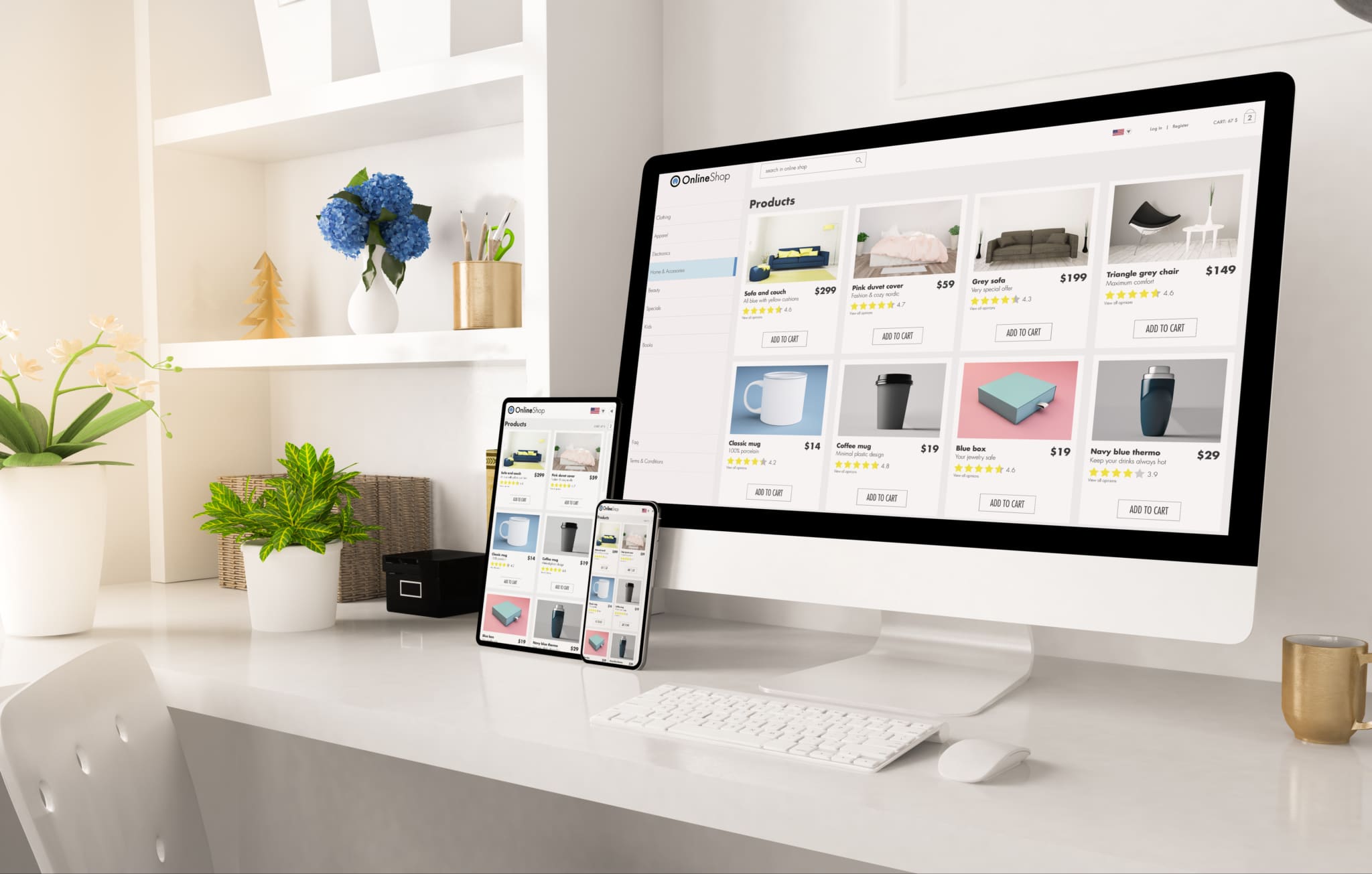Think of your current marketing strategy. Do you know where your customers will be a year from now? Your relationship with your customers is the key to success for any business. Like any good relationship, you need to be thinking about the long-term.
How can you keep your current customers coming back for more? How can you turn potential customers into loyal brand advocates? The answer to these questions will help you increase your profits and find the answer in customer life cycle marketing.
What is customer lifecycle marketing, and why is it important?
Customer lifecycle marketing is essentially creating different marketing strategies for each stage of the customer’s lifecycle. It starts when a potential customer has no idea who you are and ends with how they turn into a loyal customer who is your biggest advocate.
It’s important to know each lifecycle stage and which strategy works best for each particular stage. We’ll discuss this more in detail later, but first, you need to understand why customer lifecycle marketing is important.
A lot of marketing plans end when a customer buys their product or service. But businesses are missing a huge opportunity to gain more revenue when that happens. Instead, businesses also need to consider how to make one-time customers into return customers.
After all, a 5% increase in customer retention increases profits from 25% to 95%. And that’s money you shouldn’t leave on the table.
That’s where customer lifecycle marketing comes in. It considers all stages of a customer’s journey, including after they have made their first purchase.
This means you can improve the lifetime value of your customers. A one-time £50 purchase is nice, but if someone made that same £50 purchase four times a year, they could be worth £1,000 in the next five years.
Some other benefits of utilising customer lifecycle marketing include:
- Maximising your marketing ROI. If you consider all stages of the customer lifecycle, you may be able to better your ad spend and other marketing strategies. Some businesses make the mistake of focusing too much on one stage and neglecting the others.
- Increasing profit with repeat business. While it’s important to get new customers into your business, don’t forget about your current customers. Your current customers already know, like, and trust you. This makes it easier to continue selling to them and ultimately increase your profits.
Now that we’ve discussed the benefits of implementing customer lifecycle marketing, let’s review the 5 stages and the best strategies for each stage:
1. Awareness
The first stage is exactly what it sounds like – the customer becomes aware of your business and products. The customer has a problem and is looking for a solution. Ideally, your business provides that solution.
But how does a customer become aware that you exist? There are several different ways to get your ideal customer to notice you. Let’s take a look at ideas:
- Social media channels
- Online advertising
- Print advertising
- Cold emailing
- Word of mouth
As you can see, awareness strategies usually revolve around advertising, going viral on the Internet, or getting referrals from current customers.
If you really want your business to stand out, you should consider focusing on referrals. 92% of consumers trust the word of mouth recommendations from friends. Compare that to other sources like online opinions (70%) and editorials (58%), and it’s easy to see why referrals can help build the necessary trust you need to gain new customers.
Take a look at the latest social network app, Clubhouse. It’s an invitation-only audio chat iPhone app. You can only get access if someone invites you to join. A personal invitation from a friend to join them on a new app is far more appealing than an online advertisement.
Thanks to this word-of-mouth marketing strategy, Clubhouse grew to a valuation of over 700,000 pounds in less than one year.

Another example of raising awareness through word of mouth is by starting a referral program. A referral program incentivises your current customers to share your business with others.
Evernote is a digital note-taking app with a referral program. Not only does the current customer get a reward for sharing about Evernote, but their friend also receives a reward. This is an excellent strategy because it’s a win-win situation for both parties.

Your business might put in a small investment to give out these rewards, but it pays off in the long run with a lifelong customer.
Key takeaway:
Create an awareness strategy that draws people’s attention and makes them want to learn more about your business and product. Consider using dedicated lead generation software to drive awareness and generate new prospects.
2. Engagement/education
Congratulations! Someone saw your quirky social media post or enticing advertisement, and now they have clicked on the call-to-action button. You have them wanting to know more and know they are engaging with you.
People in the engagement/education stage have questions. Your content needs to answer those questions while ensuring that the potential customer is becoming more involved.
At this point, you should be creating helpful content. You could publish it on your blog, social media platforms, podcasts, or your email newsletter.
Let’s pretend that your business is a meditation app, and your target audience are people that want to start to meditate or are relatively new to meditation.
When you create content for this target audience, you should consider their current pain points. What are they struggling with when it comes to meditation? Why are they starting meditation now? Then you can create and promote content, and you can answer those questions in a blog or social media post.
So when your target audience searches “How to meditate” online, your website can pop up with a helpful article.

The article goes through why a person should start meditation and how to do it. At the end of the article, there’s an invitation to join the Headspace app for free to try out guided meditations. (Which is what the evaluation stage is all about, but we’ll discuss that more later.)
Engagement is essentially all about keeping a potential customer interested in you. Let’s take a look at an email marketing example.
If someone joins your email list, you should send them a welcome campaign. This campaign is a series of emails designed to introduce your business, product or service, and earn the subscriber’s trust.
For example, one of Asana’s welcome emails includes an email attachment – a quick guide on getting started. This is great because people tend to get overwhelmed learning new software, but Asana makes it easy to start.
Key takeaway:
Utilise a content marketing strategy to address your target audience’s pain points and desires to get them to engage with your business. Pay attention to visual content that has proven to be highly effective in engaging and converting leads.
3. Evaluation
The evaluation stage is when customers decide if they want to make a purchase. Do they want it? In this stage, you have to convince them that they want it and buy it from your business.
Remember our Headspace example earlier? The blog post made a call-to-action for a free trial of their app.

But you only get so much access before you have to purchase. If a user wants more guided meditations, they will have to evaluate if they want to buy a subscription.
A free trial allows the user to try it out and see if they like it. If they do, they are far more willing to purchase a subscription than if Headspace had asked for them to buy without giving them the free trial first.
Why is that? The user started gaining brand loyalty when they started to use the free trial of the app. They know, like, and trust the app to do the job of helping them meditate. Brand loyalty is a powerful tool for increasing your profit because your competitors don’t stand a chance when loyal to your brand.
But not all businesses can offer free trials. So what are some other ways you can help a potential customer during the evaluation stage? Consider some of these strategies:
- Offer a limited-time discount code.
- Offer an online course that’s educational and engaging.
- Highlight customer reviews
- Write informative product descriptions.
Out of all these strategies, writing informative product descriptions could help you the most. People in the evaluation stage compare you to your competitors, so you want to give them all the information they need to make a decision.
A well-written product description will include features and how it will benefit the potential customer if they buy it.
Key takeaway:
The evaluation stage is about ensuring your potential customer that you are better than your competitors.
4. Purchase
In this stage, a customer purchases from you. This may be the most critical stage since a flawed purchasing process could result in a lost sale. It’s important to ensure that your website offers a smooth experience that easily allows customers to purchase.
You should evaluate and test your website to make sure that the purchasing process is seamless. Get some of your colleagues to test it out and get their feedback. You may discover that your purchasing process was too complicated or didn’t answer key questions. By fixing these experiences, you can assure that your customers have an easy time purchasing from your website.
There are a few other tips to ensure that your website is optimised for conversions:
- Have a live chat feature on your website
- Send cart abandonment emails.
- Have a mobile-friendly website
- Save customer information for faster purchases in the future.
- Provide product reviews
Key takeaway:
Make the purchasing process a seamless experience. This will ensure that technical problems don’t get in the way of someone buying your product.
5. Advocacy
The last and possibly most important stage is advocacy. It’s always great to get new customers, but it’s expensive to find new ones. It’s far cheaper and more profitable to continue selling to existing customers. 80% of your future profits come from 20% of your existing customers.
At this point, you want to develop a long-term relationship with your existing customers. They can become your biggest advocates and make up most of your profits.
Luckily, you can implement a couple of strategies to make your current customers endorse your brand.
First, let’s talk about customer service. People love excellent customer service, and it’s a key sign that they will become loyal customers if they are treated right.
While a dedicated phone line for customer service is always an option, don’t neglect platforms like social media. A social media customer service strategy can have better response times, lets you publicly recognise your fans, and address any complaints quickly.
Always remain professional when addressing complaints on social media. It shows to everyone in your online community that you care about people’s experiences and are dedicated to helping them have a good experience.
Finally, don’t forget to implement a referral program or a loyalty program. What’s the difference? A referral program rewards a person for sending more people your way. A loyalty program gives a person points every time they purchase from you.
Both of these programs are a great way to encourage loyalty from your current customers.
Key takeaway:
Sales don’t stop at the point of purchase. Encourage your customers to continue interacting with you by implementing great customer service, a referral program, or a loyalty program.
Wrap Up
If you want to increase your profits, you can’t think your relationship with your customers ends when buying something. It needs to continue and evolve to a point where they become brand advocates for you.
Customer lifecycle marketing helps you earn more from your existing customers, spend less on marketing tactics, and improve your marketing ROI. Start thinking about ways you can reward your current customers for their loyalty, and you will reap the benefits financially.
Originally published Mar 11, 2021, updated Jan 16, 2023
